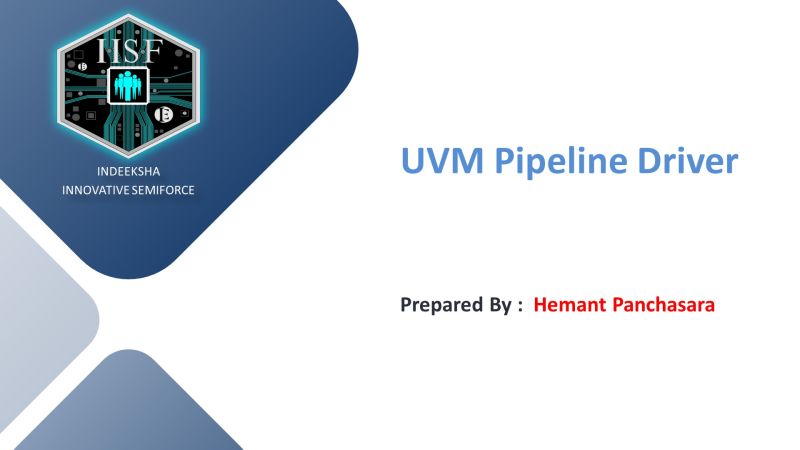UVM Pipeline Driver
May 20, 2025

While working on a complex verification environment, I ran into a common yet tricky problem — stimulus overlapping and response synchronization issues in my testbench.
Initially, I was using a simple driver setup, but it couldn’t handle the sequential nature of back-to-back transactions smoothly. The delays and handshakes were getting messy, and the test behavior was becoming non-deterministic.
That’s when I explored the UVM pipeline driver architecture — and trust me, it changed the game.
By separating the request and response phases into dedicated threads and using handshake mechanisms like get_next_item() and item_done(), I was able to create a clean, sequential flow of transactions without blocking the simulation.
This experience really highlighted the power of UVM when used the right way.
If you’ve faced something similar, or are planning to build your own driver — pipeline might just be what you need.
Let me know your thoughts or if you'd like to see a snippet of how I implemented it
Note:-Please fill free to repost this
kindly type 'document' in comment to get original copy
kindly type 'code' in comment to get source code copy
vishnu vaishnav | Sukhveer R. | Vadher Chirag | Harsh Bhut | Harsh Patel |Kaushal Narodiya | Janak Dharaiya | Anand Dodiya | Indeeksha Digital Pvt. Ltd. | IndEeksha Innovative Semiforce (ActivEdge)